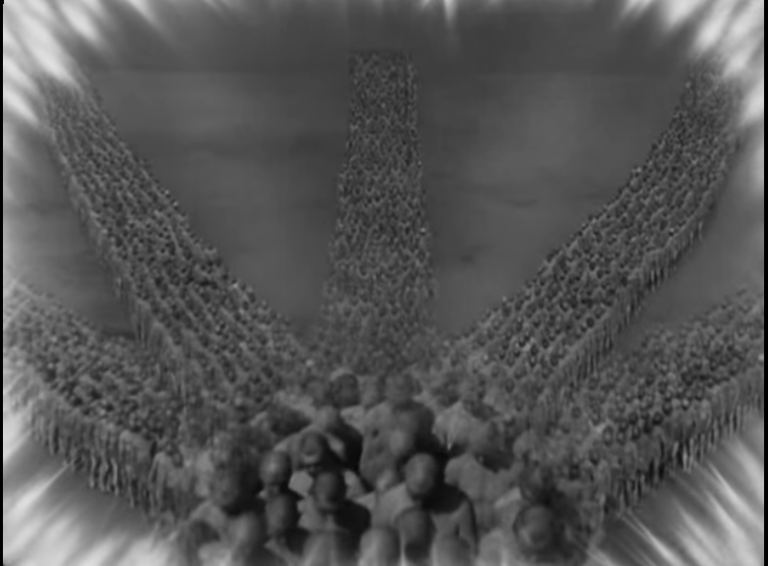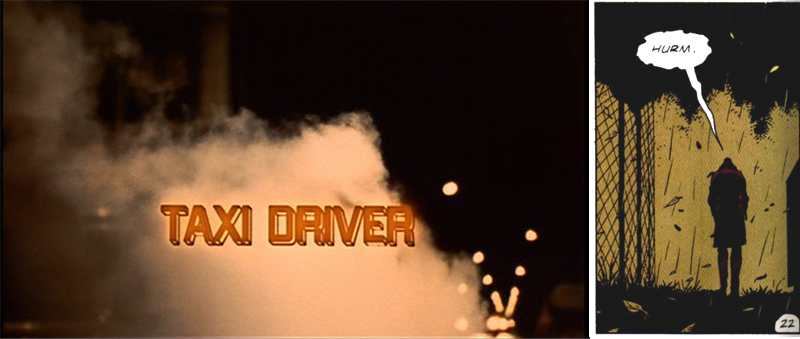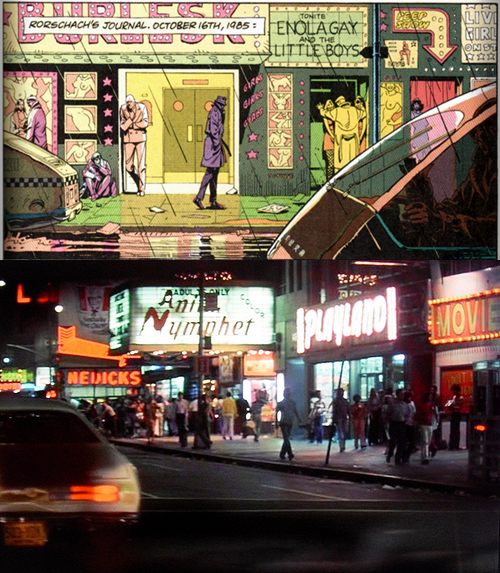Happy New Year! As always, this is a year-end mix I make for some friends — full explanation on the first one I posted in 2010. It’s not all music from 2024 (in fact, the way I listen to music pretty much guarantees that very little on here is timely.) It’s just songs I listened to last year that meant something to me.
I seem to have fallen into the habit lately of including kind of an autobiographical overview in the first few paragraphs of these liner notes — possibly as a result of having kind of fallen away from sending out annual letters as a family. There’s also the fact that 2022 was such an intense year, with my dad’s illness and death. 2023 was more mixed, with turmoil at my job and the major transition of sending Dante off to college at Oregon State.
2024 was mixed too, but the highs were higher and the lows lower, though obviously nothing that compared to 2022. In the midst of his year at OSU, Dante made some momentous decisions. First, while he’d gone there to study something in the area of forest biology and natural resources, after taking some classes in those fields, he realized they weren’t for him. He had known coming out of high school that he wanted to go into some science, but found so many branches of science fascinating that he couldn’t choose between them. He settled on working with trees because he’s always been a bit of a druid, and because he cares a lot about climate change. But as he was understanding that the trees aren’t his path, he took a bunch of different science classes at OSU, and came to the realization that his one true love is theoretical physics.
That led to the next big decision. He spoke to lots of physics students and instructors at OSU, and determined that the physics program there was not a good match for him. And from there, the good fortune started to roll. It turns out that my employer and alma mater, good old CU Boulder, has one of the best physics programs in the country. If Dante were to attend CU, we’d be paying in-state tuition, at a 40% discount thanks to my employee benefit, for a much better physics education than he’d get at Oregon State. Not only that, his closest friend from high school — whose name is Joelle and who is also a physics major at CU — was looking for a roommate, at a very reasonable price (for Boulder!) And the physics classes he’d taken at OSU would count towards his major requirements at CU. So he transferred! In fall of 2024, he started into the physics program in Boulder, and has been very happy there.
I wish I could say the same was true for me. The CU IT office, at least the part of it I work in, is moving in a new direction, away from the work I’ve been doing for the last six years. That work has been the most satisfying of my career, and our leadership’s decision to reduce support for it has been very painful for me. I continue to work on making adjustments and finding ways to contribute positive energy, but it’s a lot harder than it used to be.
I’m in a strange position there, thanks to the fact that I’ve worked for CU for more than 30 years now. I could retire today if I wanted to, but I don’t want to, at least not as long as Dante is a student there! It makes zero sense for me to walk away from my job while it’s paying me well and giving me a 40% tuition discount. However, I’m also at the point in my career where it’s very difficult to step into another position for anything like comparable pay — most of the CU jobs I’ve been looking at (and I’ve been looking!) pay less than I’d make if I just retired. I’d always heard about the golden handcuffs — now I’m wearing them.
So I soldier on, knowing that I can put up with an awful lot for just a year or two, if I need to. And thanks to some enlightening conversations with my last manager, I’ve begun to see some upsides to the plans they’ve been trying to put into place, even at the same time as those plans keep stalling and sputtering… for a lot of reasons.
However, my attention has also been pretty split from work, especially during the spring, as my mom went through a series of health crises. There are extremely long versions of these stories that would be too much to include here, but basically she was hospitalized three times in four months, with multiple instances of what they call sub-arachnoid hemorrhages — bleeding between the layers of the brain, that puts pressure on the brain itself and causes stroke-like symptoms. (Technically, it is a kind of stroke, but not what people typically mean when they say “stroke”, which is a blood clot that causes brain cells to be starved for oxygen and die.)
She’s fully recovered now, and we celebrated her 80th birthday over the summer, which was a joyous family occasion, especially in light of how dark and scary much of the spring was. There was a recurrence of her symptoms this fall — brought on by an adverse reaction to the COVID vaccine rather than another bleeding episode, thank goodness — but for the most part we haven’t returned to the stress of January through April, for which I’m very grateful.
All of those things, and others, form the backstory for the tracks in this year’s mix, and those are the stories that swirl around for me as I listen to the amazing tunes below.
1. Amy Ray – From This Room
Laura and I got to see the Indigo Girls at Red Rocks this year — first time I’d seen them there since those legendary shows in the early ’90s. It was a beautiful night with a full moon, and they were opening for a guy called Amos Lee, whose music I don’t know at all. So we watched the Indigos, had an amazing time, and left! 😀 First time I’ve ever done that. For me, this song was the highlight of their set. She says on her site that the song started out as a love letter to friends going through a hard time, but by the end, she was thinking of her child. That’s definitely how I hear it — as a parent knowing that my kid, no longer a kid, is heading out on that long, long road. I want him to have that light.
2. boygenius – True Blue
the record by boygenius (they like to style things in lowercase, whatever) is pretty easily my favorite new-to-me music I listened to this year. In case you don’t already know, they’re kind of an indie-woman supergroup, bringing together Phoebe Bridgers, Lucy Dacus, and Julien Baker. I already knew and liked Bridgers’ work, but the other two were new to me, and it turns out I love them all. This song is a great example of their moody harmonies and powerful lyrics. The line “When you don’t know who you are / you fuck around and find out” reminds me of Dante — not that he would ever phrase it that way! But it feels like it gets at the very healthy process he went through in 2023 to find a better path for himself. And the chorus — “And it feels good / To be known so well / I can’t hide from you / Like I hide from myself” — is just excellent songwriting, wonderfully capturing the feeling of a close relationship or friendship.
3. The Beach Boys – Wouldn’t It Be Nice?
Speaking of close friends, Robby texted me out of the blue this summer to say that they had an extra ticket to see The Beach Boys, and would I like to go? Dante had just moved into his apartment with Joelle that day, and a night of music sounded way better to me than a night in my empty nest, so off I went! Mike Love is the only original member remaining in the Beach Boys touring band, but he’s the lead singer, so that works out pretty well, and he still sounds okay at 83 years old! They played all kinds of great stuff that night, but this song was a standout for me. It’s my second-favorite Beach Boys song (behind “Don’t Worry Baby”, which made it into the 2014 mix.) I love the wistful looking-forward vibe of it, capturing the feel of kids who can’t wait to get older. I also feel like the joy it imagines is a little bit of the joy Dante got this year from moving in with Joelle. Not that they’re romantically connected — Dante is a stranger to romantic feelings — but she’s his closest friend, and they’re getting to spend time together in a way they never could as high school kids.
4. First Aid Kit – Ready To Run
We’re riding harmonies in this part of the mix, and the sisters of First Aid Kit absolutely knock me out with their arrangements and the way they blend their voices. I listened to this at a time when my mental health was… not great. Lots of stress, depression, emotional pain, and anxiety from the work side of my life was shrouding everything else, and on top of that Dante visited for spring break then left (meaning I was missing him afresh), and my mom had another scary health episode. All the songs on this album (Palomino) were solace to me in that time, but this one eventually emerged as my favorite, not because of any particular lyrical content, but more the drums, the horns, the piano, and my GOD those voices.
5. Jimi Hendrix – Castles Made Of Sand
I was listening to my library on shuffle this summer, and this song jumped out and grabbed me. It pretty much nails what I’m going through at work. My team and I built something beautiful, but the tides have shifted, and now I’m facing its demise. It’s more or less this Peanuts cartoon:

Yeah, there’s a lesson in there, something about impermanence and attachment, but the wisdom hasn’t yet visited me that takes the edge off my grief. I feel like I reached a pinnacle just a little too soon, and rather than being able to go out on top I have to take a tumble and pick up some bruises on the way. I’m working to see something bright and possible beyond that peak, and working to lighten myself so I don’t hit the ground so hard, and it’s working… some. And the last verse of this song reminds me that it’s not always the worst thing when a castle crumbles — it might be the rush of a golden-winged ship that takes it apart.
6. Taylor Swift – Down Bad
Still, more often it feels like the ship in this song, that beamed me up in a cloud of sparkling dust, gave me a cosmic moment, and then sent me back where I came from. “Everything comes out teenage petulance” perfectly expresses my frustration at both the situation and myself. I’d love to be more detached and enlightened, but I spent a lot of time down bad this year, waving at the ship, staring at the sky — come back and pick me up.
7. Stevie Nicks – Outside The Rain
Stevie and Taylor are getting more strongly connected, not just for me but out in the world — Taylor name-checks Stevie on a song from The Tortured Poets Department, and Stevie hand-wrote a poem that was included in the vinyl edition of TTPD. Now, I didn’t see Taylor on the Eras Tour, for a variety of reasons, but I did get to see Stevie in concert this year. I’ve seen her many times in my life, and this is the song that she frequently opens with, a mysterious and romantic album track from Bella Donna. I’ve always adored this song, and this was the year to put it on a year-end mix. You know I’m a fan of bridges, and this song has such a great one — “Maybe you never knew me / Maybe you thought that I’d never change / But you know I’m changing / You’re wrong / And it’s been like dying / No love’s that hard to find / And I’m tired of… and I’m tired of trying.” I was relating to that exhaustion and disillusionment this year.
8. Billie Eilish – What Was I Made For?
Barbie was the movie of the year for me in 2023, and this song in particular moved me profoundly. I was a mess when Eilish performed it at the Oscars in March, and I was so happy to see it win Best Original Song. Well, it turns out that Barbie is one of Joelle’s favorites too, so Dante was motivated to watch it with me this summer, wanting to get on board. I was only too happy to oblige! Just as before, this song and the way it’s used in the movie blew me away, and I knew for sure I had to include it in this mix. It touches a little bit on my own professional struggles, but I think far more than that, it goes right down to a root of the human condition, how we all search for our place in the world, how to feel and be happy.
9. Camille Saint-Saëns – Cello Concerto No. 1 in A Minor, Op. 33: I. Allegro non troppo
Okay, okay, enough moaning! How about some joy? This is one I should have included in last year’s mix, so when I realized my error I made sure it’d be part of this year’s. This first movement of the Saint-Saëns cello concerto was pretty much Dante’s artistic focus during his senior year of high school, culminating in a wonderful recital he played with a hired accompanist. I heard this music practiced many, many, MANY times during that time, but I never really understood it until I heard it combined with the piano part. This recording is of a cellist Dante loves named János Starker, to whom Dante can trace a line through his teachers and their teachers. When you’re Starker, you get to have a whole orchestra accompany you rather than just a pianist.
10. Al Stewart – Year of the Cat
I’ve always loved this song and “Time Passages”, so I looked a little deeper into Al Stewart this year, but I kept coming back to those two songs, especially this one. I enjoy the lyrics well enough, but for me it’s all about the interplay of the instruments, and Stewart’s lovely voice. The piano at the beginning always lifts my spirit, and in fact the piano is wonderful throughout. For me, the peak of the song is when the vocals give way to a series of solos: cello, acoustic guitar, electric guitar, and saxophone, all with gorgeous string and piano counterparts, and then finally back to the vocals, in which “morning comes” — telling us that those dramatic passages were from the night before.
11. The Waterboys – When Will We Be Married? (alternate version)
I finally got around to the second disc of the “collector’s edition” Fisherman’s Blues release this year, and this track stood out as a clear favorite. I like it so much better than the album version — the spooky drone, the twirling fiddle, the chorus surrounding Mike Scott’s vocal. The one they chose to include on the album is perfectly pleasant, but I’d take this one over it ten times out of ten.
12. Paul Simon – The Obvious Child
The drums that kick off this song felt like a good segue out of “When Will We Be Married?”. I did a Paul Simon mini-project this year, reading through his 1964-2008 book of lyrics and building a playlist that contains every song he’s written, which caused me to revisit a bunch of my all-time favorites, several of which will appear in this mix. I loved this song from the moment I first heard it — an electrifying rhythmic beginning, breaking into lyrics that are as brilliant as anything he’s ever written. “Well I’m accustomed to the smooth ride / Or maybe I’m a dog that’s lost his bite” feels very relevant to me right now, for perhaps “obvious” reasons, but the whole thing works wonderfully as a meditation on aging and the passing of time. As much as I loved it in 1990, I relate to it more and more as the years go by.
13. Pink Floyd – The Gold It’s In The…
I never really paid much attention to pre-Dark Side Pink Floyd, but Spotify fed me some tracks from the Obscured By Clouds album, and I enjoyed them enough to pick it up. Turns out it was recorded for a movie soundtrack project in the midst of the lengthy Dark Side sessions, so it’s not that far away from the classic period. So it’s not yet Roger Waters ruminating on (and agonizing over) the Big Big Topics, but there’s still a powerful theme in this song, which has been very useful to my thinking: embracing process over outcome. The narrator here is excited to hunt for gold, but not because he wants gold. He just wants the experience of the search. “Count me in on the journey” is a concept I’m working to embrace, because the gold is in the search.
14. boygenius – Not Strong Enough
It’s rare, but it still happens that I run across a song I want to hear on repeat, and this was that song for me in 2024. Everything about this track is amazing to me — the vocals, the drums, the synth, the lyrics, the absolutely galvanizing energy of it all. Every time I hear it I just feel this rush of thrilling power. For me, it’s just a mesmerizing alchemical wonder, stirring frustration and self-doubt into music that feels like exploding epiphanies.
15. Olivia Rodrigo – jealousy, jealousy
A few years late (as usual), I listened to Olivia Rodrigo’s Sour album, and I enjoyed it well enough for what it is: a teen-girl breakup album filled with teen-girl breakup feelings. But I was most interested by the songs that didn’t fit that mold, and this is one of those — a seething rant about social media-induced FOMO, envy, and self-loathing, and how immensely destructive it is to mental health. I love how she is aware of the rational arguments — their beauty’s not my lack, their win is not my loss — and yet she cannot stop herself getting pulled down into the swirling, sucking vortex of it all.
16. Paul Simon – American Tune
“American Tune” holds a special place in my heart, going back to childhood. For several summers, I went to a “camp” at the University of Northern Colorado that focused on gifted education. I have to put “camp” in quotation marks, because there was nothing rustic about it — we stayed in dorm rooms, ate in the cafeterias, went to classes during the day, and did various cool activities in the afternoons and evenings. Anyway, for some unknown reason I was moved to audition for the camp’s talent show, in which I sang this song a capella — one of my first and best experiences on stage. Later, when I was a counselor at this same camp and my sister was a camper, we performed it together, which was another amazing experience. To me, this is one of Simon’s all-time best songs, a perfect blend of grounded suffering and soaring hope.
17. boygenius – Leonard Cohen
This song made it into the mix for two reasons. First, it’s under two minutes long, and consequently fit nicely into a narrow slot as I was experimenting with different combinations. It’s not quite their “Her Majesty”, but it’s close. 🙂 Second, I never get tired of these lyrics — so funny and so sweet at the very same time. Also, “I might like you less now that you know me so well” is a great counterpoint to the lyric in “True Blue”.
18. Paul Simon – Graceland
It’s the road trip imagery that fits this song like a puzzle piece into the last one, and it doesn’t hurt that the members of boygenius collaborated on Bridgers’ song “Graceland Too.” But it’s the idea of grace that kept bringing me back to this song in 2024. Many times this year I felt blown apart, and felt like everybody could see it, but I kept traveling with my companions, looking for grace on the horizon. Little by little, I am finding reasons to believe we’ll get there.
19. Spacehog – In The Meantime
I never really gave this song the time of day when it was popular in the mid-90’s. Possibly some of that is due to the band’s name, which I still find a bit of an eye-roller. But it came back into my life on the soundtrack of the third Guardians of the Galaxy movie, and this time it struck me as beautiful and poignant, albeit in sort of a “spacey” way. The lyrics have a kind of stoner bliss quality, but for me they get at the idea that yeah, we may be heading towards something beautiful, but it’s up to us to find beauty for ourselves when we haven’t quite gotten there yet. In that way, it’s related to the Pink Floyd song for me, looking for ways to find meaning in the meantime.
20. Stevie Nicks – The Lighthouse
Stevie took my breath away with this song. I’ve never heard her be so explicitly political before — the closest she’s come in the past is messages of support for wounded soldiers, or prayers that our leaders can find their way through the darkness. But this! “Don’t let them take your power.” “All the rights that you had yesterday / Are taken away”. “Try to see the future / And get mad / It’s slippin’ through your fingers / You don’t have what you had.” And the way she sings in such a small, vulnerable voice for the first third of the song, and then kicks in with rock and roll power. Wow! It blows my mind, and I love it, and I love her. THEN she performed it on Saturday Night Live, coming in with power from the first word, and blazing with truth. Usually I’m very happy to be a Stevie Nicks fan, but at that moment I felt downright proud to be a Stevie Nicks fan.
That’s all for this year. And I made it through the whole thing without mentioning our election. Plenty of time for that in next year’s mix — look for a lot of songs about trying to see light in the darkness. Oh wait, I suppose that was this year’s mix too. Guess that’s where I am — too busy making my way in my own life to worry much about the world. All I can do, all any of us can do, is keep following the light.






















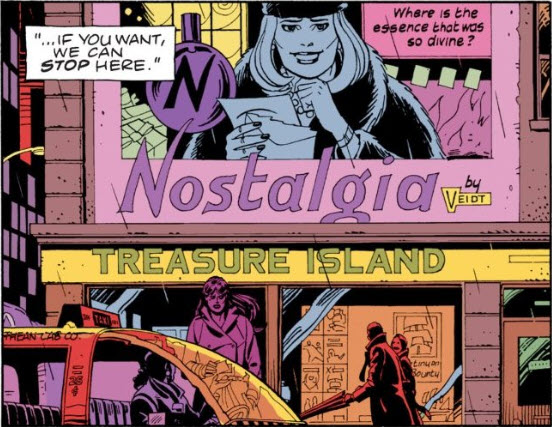
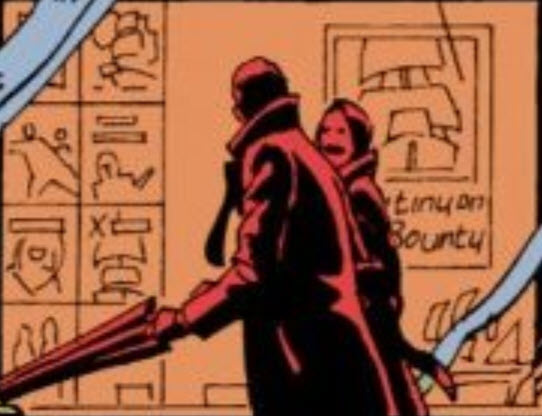

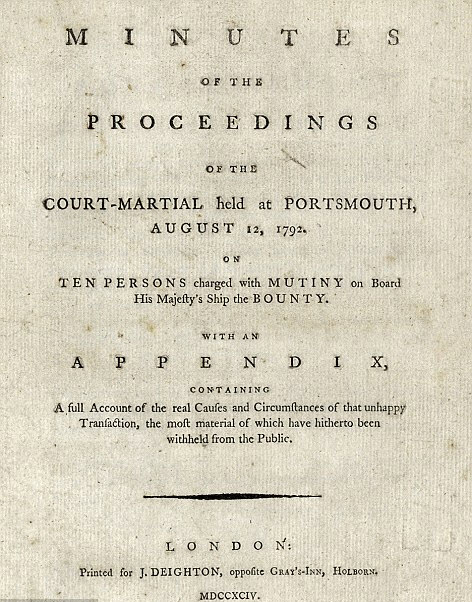
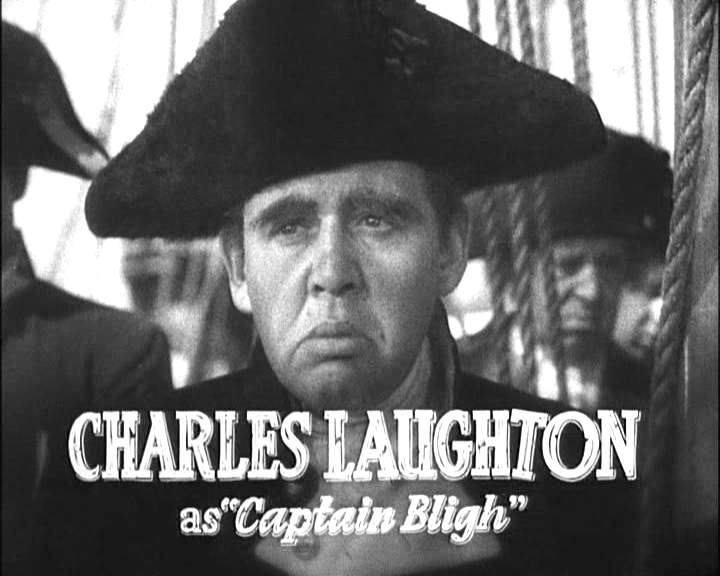

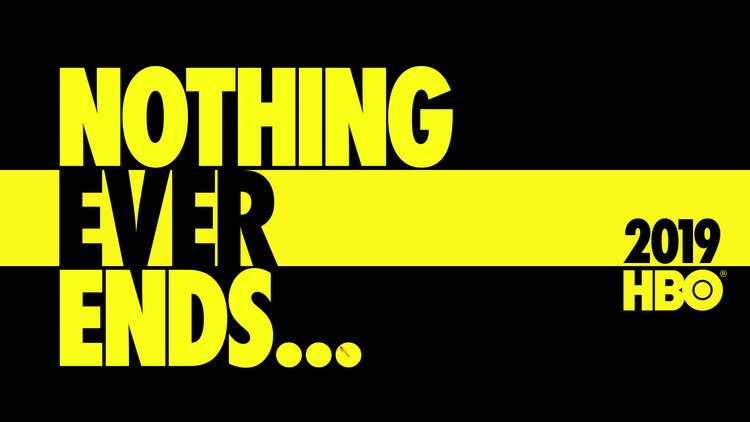



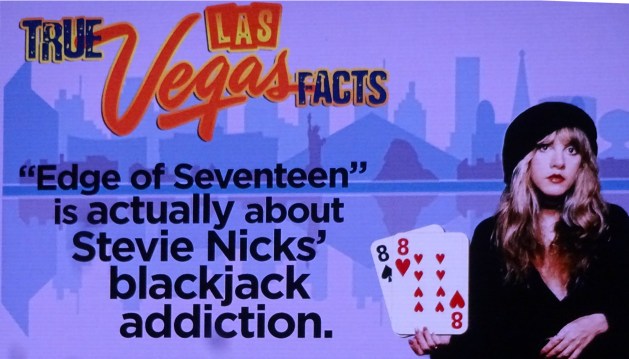




 In Lang’s Metropolis, the Moloch machine consumes hordes of anonymous workers. In “Howl”, Allen Ginsberg ups the ante. His Moloch destroys “the best minds of my generation.” His Moloch is a “sphinx of aluminum and cement” that “bashed open their skulls and ate up their brains and imagination.” In other words, Ginsberg’s Moloch of industrialization doesn’t just destroy the working class hands, but also the open hearts that might have tried to serve as mediators.
In Lang’s Metropolis, the Moloch machine consumes hordes of anonymous workers. In “Howl”, Allen Ginsberg ups the ante. His Moloch destroys “the best minds of my generation.” His Moloch is a “sphinx of aluminum and cement” that “bashed open their skulls and ate up their brains and imagination.” In other words, Ginsberg’s Moloch of industrialization doesn’t just destroy the working class hands, but also the open hearts that might have tried to serve as mediators. 